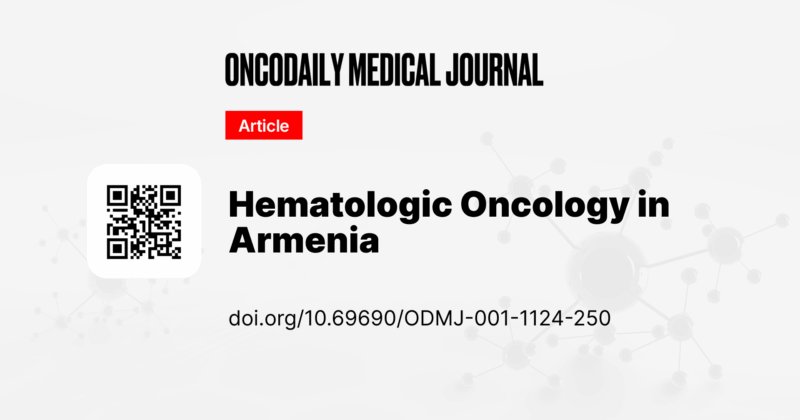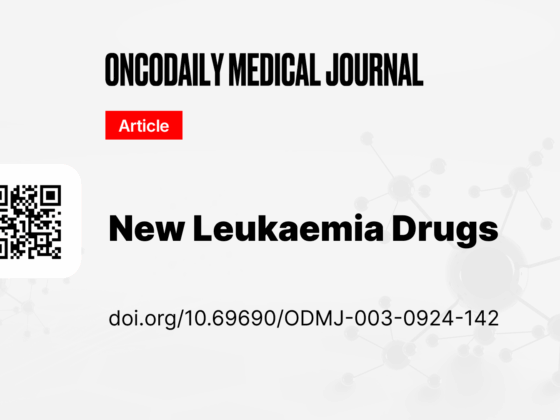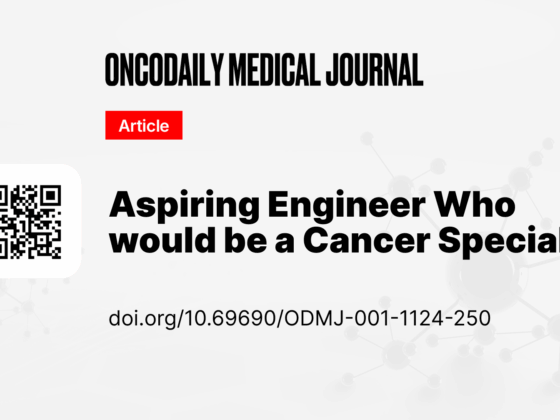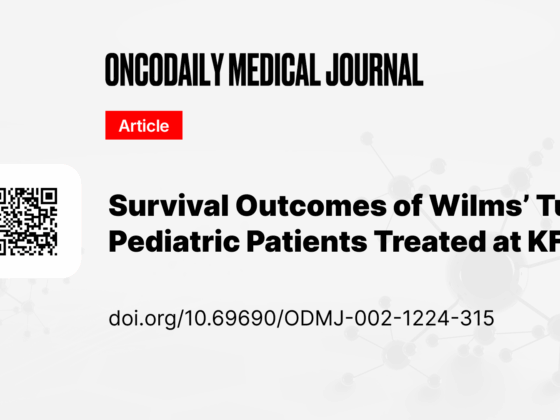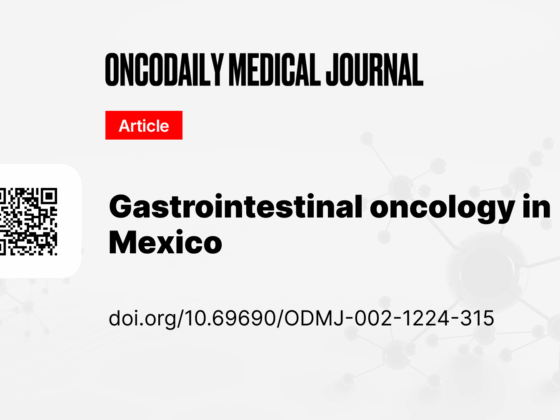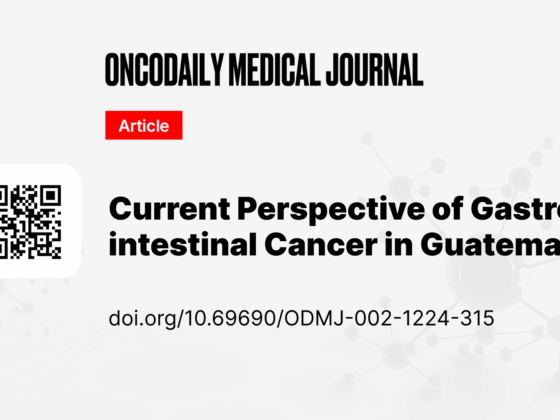In this article, we summarise a paper by Alisa Movsisyan et al., published in the OncoDaily Medical Journal, offering the first nationwide overview of hematologic oncology in Armenia, covering epidemiology, diagnostics, treatment, outcomes, and system gaps that shape care across the country.
Title: The Experience of Hematologic Oncology in Armenia
Authors: Alisa Movsisyan et al.
DOI: 10.69690/ODMJ-001-1124-250
Full article
Armenia’s hematologic oncology services have advanced notably in recent years, yet access, diagnostics, and radiotherapy capacity still constrain outcomes. Care is largely concentrated at the Yeolyan Hematology and Oncology Center in Yerevan, which houses adult and pediatric hematology, an ICU, surgery, stem-cell processing and cryopreservation, and comprehensive labs. An 8-color flow cytometry platform supports timely immunophenotyping, while molecular testing (FISH/RT-PCR/karyotype) is available but variably reimbursed; NGS capacity is nascent and expanding.
Epidemiology and care patterns. Incidence rates for AML/ALL are comparable to many LMICs and below high-income settings; CML outcomes reflect the TKI era with >90% 5-year OS and growing molecular monitoring. Ph-negative MPNs remain under-genotyped (limited JAK2/CALR/MPL testing historically), and CLL incidence is roughly half of US estimates, likely reflecting screening, access, and demographics. Multiple myeloma incidence is lower than in Western cohorts; survival lags where novel agents and cytogenetics/FISH panels are scarce. Lymphoma care relies on R-CHOP and related chemo-immunotherapy; rituximab access exists but can be logistically difficult, and other antibodies are not formally registered.
Radiotherapy is a bottleneck. With three EBRT units nationwide and limited advanced techniques, RT utilization for lymphomas and myeloma is well below optimal. A state program launched in 2019 covers RT at the National Center of Oncology, and a multi-year capacity-building plan aims to add high-energy linacs and modern planning.
Transplant and supportive care. Since 2017, Armenia has completed >100 autologous transplants, with the first pediatric allogeneic HCT performed and broader allo-HCT capability planned. Pediatric palliative care opened in 2021; an adult 30-bed unit at NCO began operating in 2022, with mobile pediatric palliative services rolling out beyond Yerevan.
Policy and future directions. National electronic registries (acute leukemias, CLL, MM; MPN/MDS already running) are coming online. Drug access is improving via foundations (e.g., TKIs and second-generation BTK inhibitors), and Armenia is engaging in early-phase trials to widen options. Priorities include formal guideline adoption, multidisciplinary pathways, molecular diagnostics expansion, modern RT, and sustainable universal insurance to reduce out-of-pocket costs.
Bottom line: Armenia’s hematologic oncology ecosystem is moving forward on multiple fronts, diagnostics, transplant, palliative care, while targeted investment in molecular testing, radiotherapy capacity, and equitable drug access will determine how quickly outcomes converge with high-income benchmarks.

